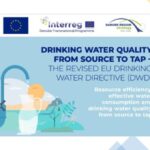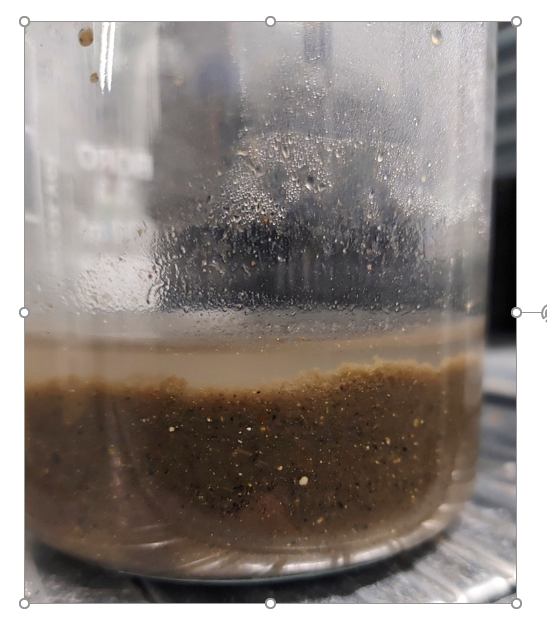“The objectives of the EU Strategy for the Danube Region (EUSDR) launched in 2011 with the participation of 14 countries include contribution to the preservation of the quality of waters through preventing and reducing water pollution, and thereby to the maintenance of human health and adequate status of freshwater ecosystems in the Danube Region. The current tasks of the EUSDR “Water Quality” Priority Area (PA4), operating under the coordination of Hungary and Slovakia include “Encouraging the monitoring, prevention and reduction of water pollution caused by hazardous and emerging substances”. This group of materials includes microplastics as well, therefore the Ministry of Foreign Affairs and Trade as the governmental body in charge of the Hungarian national coordination of the EUSDR, commissioned WESSLING Hungary Ltd. to assess the effectiveness of the removal of microplastics at wastewater treatment plants (WWTPs) in Hungary. In the course of the program, samples were taken from the raw wastewater received by the plants, the treated wastewater discharged into the Danube River and, in some cases, the sewage sludge as well. Microplastic content (polymer type and particle numbers) have been characterised by FTIR microscopy (imaging).
The importance of the project is high both on national and international level. There is currently no single European law that covers microplastics in a comprehensive manner, however the EU aims to address the growing volume of microplastics in the environment. Until now in Hungary, microplastics have not been investigated in WWTPs with regard to their chemical composition (polymer type) and particle number. The study will not only serve as a baseline for Hungary, but can be utilised in EU policy making through the participation of EUSDR PA4 in the public consultation of the microplastic initiative.
The study shortly describes the state of knowledge on microplastics in wastewater treatment plants and also introduces the analysis methods.
In this study, wastewater, wastewater sludge and surface water samples have been analysed for microplastics with FTIR microscopy (imaging). Samplings have been conducted along the Danube River. These results are the first in Hungary, that are not only analysing particle numbers from wastewater, but characterising polymer types of the particles to define MP content precisely.
Similarly to previous studies, it has been concluded, that wastewater treatment plants reduce the microplastic content of the influent raw wastewater, but the treated effluent wastewater that is released to the environment is still containing more microplastics, than the receiver river water. This means, that WWTPs are a source of environmentally occurring microplastics.
The study aimed to give not only a snapshot on the status of microplastics, thus all facilities and natural sites have been sampled twice. Still, heterogeneity and variability of the sampled matrix might be high, so during further investigations the use of the sample pooling strategy (sample collection in a longer timeframe) can lead to more robust data. Further monitoring of WWTPs and surface waters are strongly recommended, thus well-designed sampling programs can help to define not only the current environmental status, but to better understand the sources and sinks of the microplastics. This will help to overcome methodological issues and will support harmonisation, standardisation, policy‑making and legal regulation. “
Report can be downloaded from here: Microplastics in wastewater_report_2021




